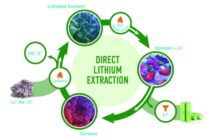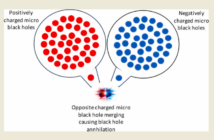
Pumped-storage hydroelectricity (PSH) is a type of hydroelectric storage. It is a way of storing energy so that it can be used when the demand is at its peak.
To clearly understand how PSH works, we first need to figure out how a hydropower plant works. In a conventional hydropower plant, the water flows from the reservoir through the turbines of a power plant and exits to the river. Electricity is generated as the water flows through the turbines.
However, a PSH plant works slightly differently. Basically, there are two reservoirs in a PSH plant – upper reservoir and lower reservoir. During periods of off-peak energy consumption, a reversible turbine pumps the water up from the lower reservoir to the upper reservoir. Thus, the upper reservoir is filled with more water. When there is high demand for power, the water is released back to the lower reservoir to generate electricity.
PSH is very efficient. Considering the losses from evaporated water and conversion losses, approximately 70- 85% of the energy used to pump the water on to the upper reservoir can be recovered.
The first PSH facility was built during the 1890s in the Alpine regions of Switzerland, Austria and Italy. It used pump impellers and turbine generators. In the 1930s, the reversible hydroelectric turbine has emerged. It could operate both as a turbine-generator and an electric motor pump. During the 1990s, there was a slowdown in the development of PSH. Two of the major reasons are environmental concerns and power sector restructuring.
Currently, global power generated by PSH reaches 104GW. Japan generates 25GW from its PSH plants. This represents 10% of the country’s electrical generating capacity. In the U.S., there are 38 existing PSH facilities which generate a total of 22.2GW or 2% of the country’s electrical generating capacity.
Related Articles:



